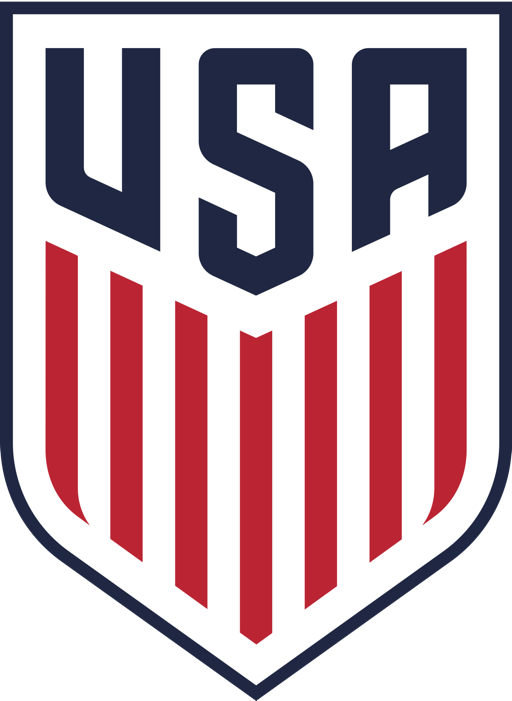Saying that there are no set plays in soccer is one of the biggest misconceptions in the game. While the action is free-flowing, it may be hard to notice that players are making runs and passes to spots they have rehearsed in practice.
In dead ball situations though, teams can work on plays to get the ball right where they want it.
A throw-in is a perfect opportunity to perform a set play, and here is simple one that involves two players. Basketball and hockey have their versions of the give and go, and soccer’s is no different.
Situation: The throwing team is trying to move the ball up field and is not yet close to the opponent’s goal. This play involves two players: a thrower and a receiver.
Action: The receiver of the ball should be 10-15 yards down the sideline but with enough space (about five yards) from the sideline. Before the throw, the receiver should break back five yards to the ball, and the thrower throws the ball to his feet. The timing of this move is crucial because in losing the defender for that split second, the receiver gains enough time to control the ball unmarked.
The receiving player quickly returns the ball to the thrower who has stepped back inbounds. After returning the ball, the receiving player should immediately break down field close to the sideline. The thrower then one-touches the ball down the field to this teammate either in the air or on the ground.
Result: Hopefully, the quick break from the receiver on the ball helps him to lose his marking back. In the best case scenario, the receiving player takes the ball down the wing in stride to advance the offense. By keeping the ball close to the sideline, you may not be able to connect the last pass in this sequence. Often times, you will likely earn another throw-in when the defender deflects the ball out of bounds.
Drills To Practice
Split your team into two groups and make one line for throwers and another for target players. The two groups take their turns working on the timing and passing needed to complete a successful give and go.
Start this drill in the defensive side of the field to emphasize ball control. As the players head up field with the ball, have them line up in the offensive side of the field and repeat the drill. This time, have the receiver in the drill practice crossing it from the wing.
Depending on which side of the field you are on, work on the thrower passing the ball with his foot closest to the sideline. That way, the thrower can better shield the ball on the return pass and use an instep or side-step pass which will put the right spin on the ball to keep it from going out of bounds.
Reminder: This is also a good time to emphasize a proper thrown-in with both feet on the ground and hands directly behind the head. The thrower must also make sure he gets both feet back inbounds before he receives the pass. If any part of the player’s body is touching or over the sideline, he’s out of bounds.
Defending The Play
This is a common tactic in soccer, but there are ways to defend it. First, when the defensive team marks up for the throw, remember the thrower. A defender must give the thrower space for the throw-in or risk a caution. As soon as he throws it, put yourself between him and the ball so the quick return pass cannot be made.
Defending the receiving player is a little trickier, but there are some tips. The receiving player is relying on your confusion from the misdirection to free him to receive the pass and the throw. You can’t read the player’s mind, but you can watch his hips. Head fakes and leaning to one side may indicate where he plans to go, but there is no way for the midsection of the player to feign where he is going.
Communicate with your teammates behind you to watch for “runners”. Oftentimes, central defenders or outside backs can cover for you if you lose your man, but remember you will have to slide into their position to replace them. The flank midfielders and backs often work together like this to support each other.




